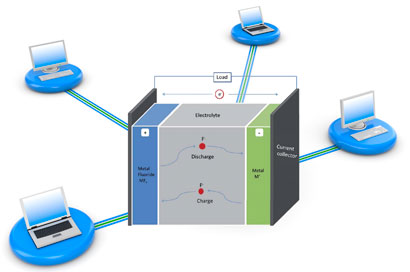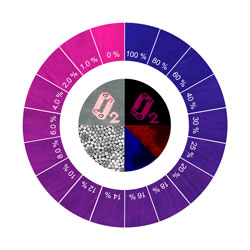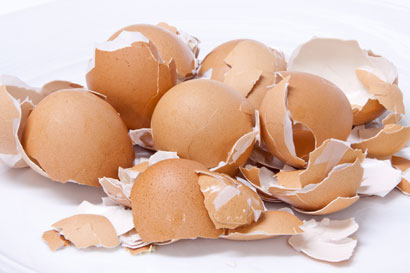This month sees the following articles in that are in the top ten most accessed in August:
Highly efficient red electrophosphorescent device incorporating a bipolar triphenylamine/bisphenylsulfonyl-substituted fluorene hybrid as the host
Fang-Ming Hsu, Chen-Han Chien, Ya-Jou Hsieh, Chen-Hao Wu, Ching-Fong Shu, Shun-Wei Liu and Chin-Ti Chen
J. Mater. Chem., 2009, 19, 8002-8008
DOI: 10.1039/b910292b
Mesoporous titania photocatalysts: preparation, characterization and reaction mechanisms
Adel A. Ismail and Detlef W. Bahnemann
J. Mater. Chem., 2011, 21, 11686-11707
DOI: 10.1039/c1jm10407a
A review of advanced and practical lithium battery materials
Rotem Marom, S. Francis Amalraj, Nicole Leifer, David Jacob and Doron Aurbach
J. Mater. Chem., 2011, 21, 9938-9954
DOI: 10.1039/c0jm04225k
Carbazole and thienyl benzo[1,2,5]thiadiazole based polymers with improved open circuit voltages and processability for application in solar cells
Hunan Yi, Solyman Al-Faifi, Ahmed Iraqi, Darren C. Watters, James Kingsley and David G. Lidzey
J. Mater. Chem., 2011, 21, 13649-13656
DOI:10.1039/c1jm12089a
Light-trapping nano-structures in organic photovoltaic cells
Doo-Hyun Ko, John R. Tumbleston, Abay Gadisa, Mukti Aryal, Yingchi Liu, Rene Lopez and Edward T. Samulski
J. Mater. Chem., 2011, Advance Article
DOI:10.1039/c1jm12300a
Recent progress of high performance organic thin film field-effect transistors
Qing Meng, Huanli Dong, Wenping Hu and Daoben Zhu
J. Mater. Chem., 2011, 21, 11708-11721
DOI: 10.1039/c1jm10243e
TiO2 nanotubes: Structure optimization for solar cells
Junfeng Yan and Feng Zhou
J. Mater. Chem., 2011, 21, 9406-9418
DOI: 10.1039/c1jm10274e
Magnetic nanoparticles: recent advances in synthesis, self-assembly and applications
Srikanth Singamaneni, Valery N. Bliznyuk, Christian Binek and Evgeny Y. Tsymbal
J. Mater. Chem., 2011, Advance Article
DOI: 10.1039/c1jm11845e
A general strategy to prepare graphene-metal/metal oxide nanohybrids
Junyi Ji, Guanghui Zhang, Hongyu Chen, Yang Li, Guoliang Zhang, Fengbao Zhang and Xiaobin Fan
J. Mater. Chem., 2011, 21, 14498-14501
DOI:10.1039/c1jm12970h
Nanoparticles for hydrogen generation
Christopher E. Bunker and Marcus J. Smith
J. Mater. Chem., 2011, 21, 12173-12180
DOI: 10.1039/c1jm10856e
Why not take a look at the articles today and blog your thoughts and comments below.
Fancy submitting an article to Journal of Materials Chemistry ? Then why not submit to us today!













